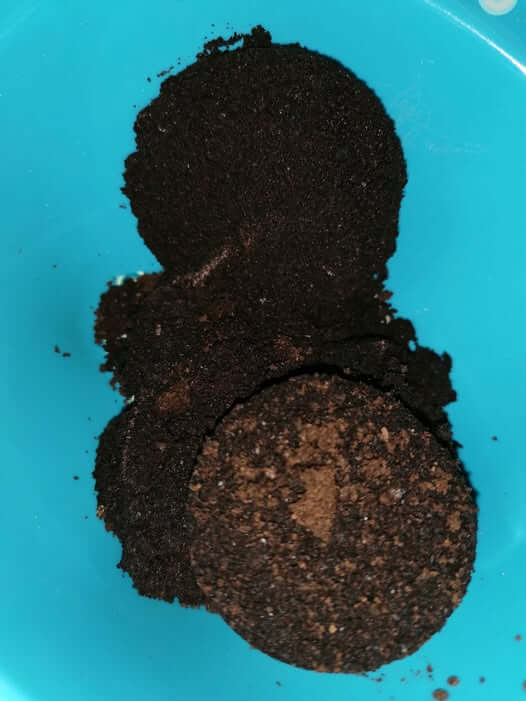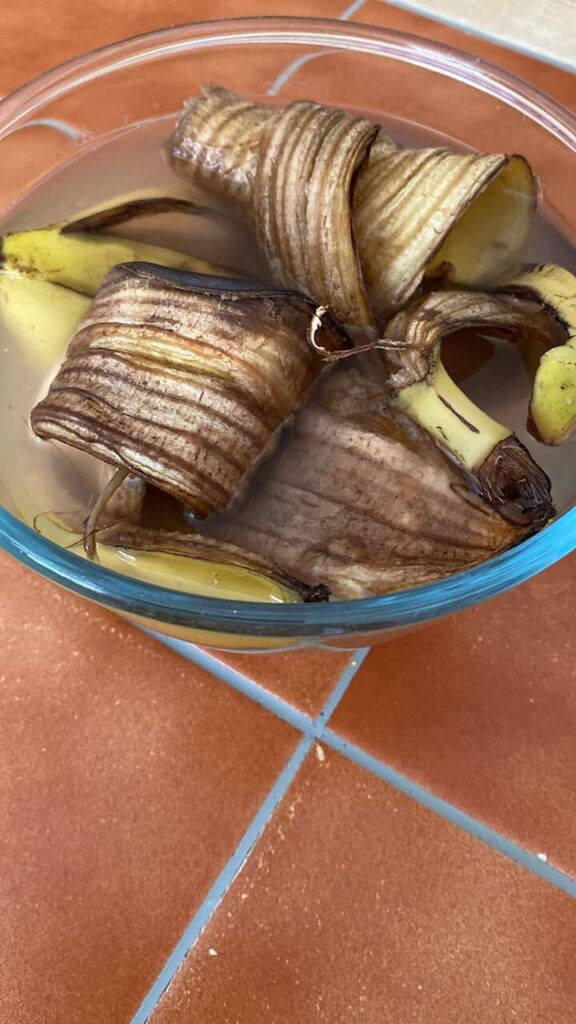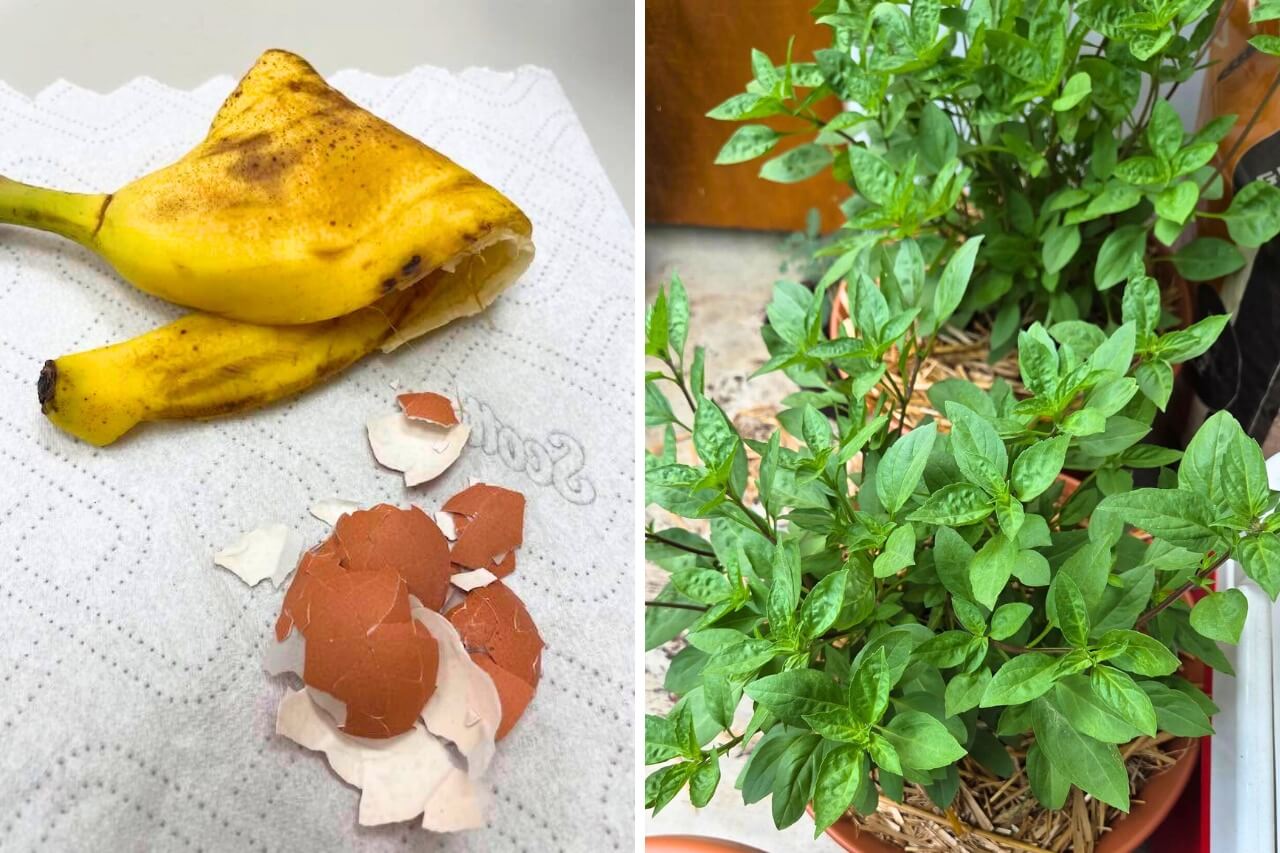When I talk to beginner gardeners about fertilizing plants or composting, they start giving me funny looks.
Unfortunately, many people think that these are complicated, time-consuming, or expert things, but that is not the case at all.
Even if you have little time or little knowledge, you can simply feed your plants with kitchen scraps. Some common food wastes can be added right into the soil or made into “teas” to water plants.
These scraps supply nutrients slowly and help recycle waste. Let me explain how to use the most common ones and the key precautions to avoid pests or overfeeding.
Coffee Grounds

Coffee grounds are among the most common kitchen scraps and also among the best ones you can use in your garden or for your potted plants.
They contain a good amount of organic nitrogen, phosphorus, potassium, and also different micronutrients that enrich the soil.
It’s also very simple to use them. Just sprinkle a thin layer (no more than half an inch) of cooled used grounds on the soil surface or mix a little into potting mix.
After that, water well so microbes can break them down and slowly release nutrients.
You can also make a “coffee grounds tea”, my grandma does this often since she drinks her espresso twice a day.
You don’t necessarily have to follow precise dosages; about 2 cups of grounds in a 5‑gallon bucket will be perfect.
The important thing is to let the mix act overnight. The next day, just water the plants with the strained liquid, and they will get a good dose of nutrients.
Eggshells

Eggshells are almost pure calcium carbonate (and a bit of potassium and magnesium), so they are a free source of calcium for plants.
Before you use them, rinse out the shells to remove any egg residue, then bake or microwave them briefly to sterilize (this also dries them).
Crush or grind the dried shells very finely because the smaller the pieces, the faster they break down and release calcium, then mix the powder into potting mix or sprinkle it thinly on soil.
Another interesting thing is that, thanks to the sharp edges, eggshells are also a natural pest deterrent, particularly against slugs and snails, as I have already explained in the article on the most common pests you can find in a garden.
Banana Peels

Banana peels contain a lot of potassium and some minerals that flowering and fruiting plants appreciate.
Instead of throwing them out, you can recycle peels for your pots or garden in several ways.
One easy method is a banana peel tea: chop up two peels, put them in a jar of water, and let them steep in sunlight or on a counter for about a day.
Strain out the solids and use the brown water you’ll get to water your plants. This gives a boost of nutrients, and as I said before it’s particulary good for fruiting plants.
Common Mistakes to Avoid
The first thing you need to avoid is attracting Pests. To do so, avoid leaving scraps exposed. Any fruit or veggie bits (even banana or melon rinds) can draw flies, ants or rodents if they sit out or are buried too shallowly.
Always bury scraps a few inches deep, use them in teas, or dry them in the oven before using them. Remember that you can also freeze scraps if you can’t use them immediately.
Another thing you should avoid is to heap kitchen waste in a thick layer (coffee grounds or peels) on the soil surface. Thick layers can become water-resistant mats and prevent watering.
Apply scraps sparingly, a light sprinkle or mix is usually enough, as too much can also unbalance the soil (excess nitrogen or acidity).
And lastly, avoid using meat, fish, dairy, or oily scraps. They rot very slowly, smell bad, and attract rodents and dangerous bacteria. Stick to plant-based kitchen waste only. (Even scraps like bread or pasta can mold quickly, so skip those if you’re not an expert.)
If you’re a beginner, remember to have a look at the most common gardening mistakes in order to avoid some dangerous errors.

